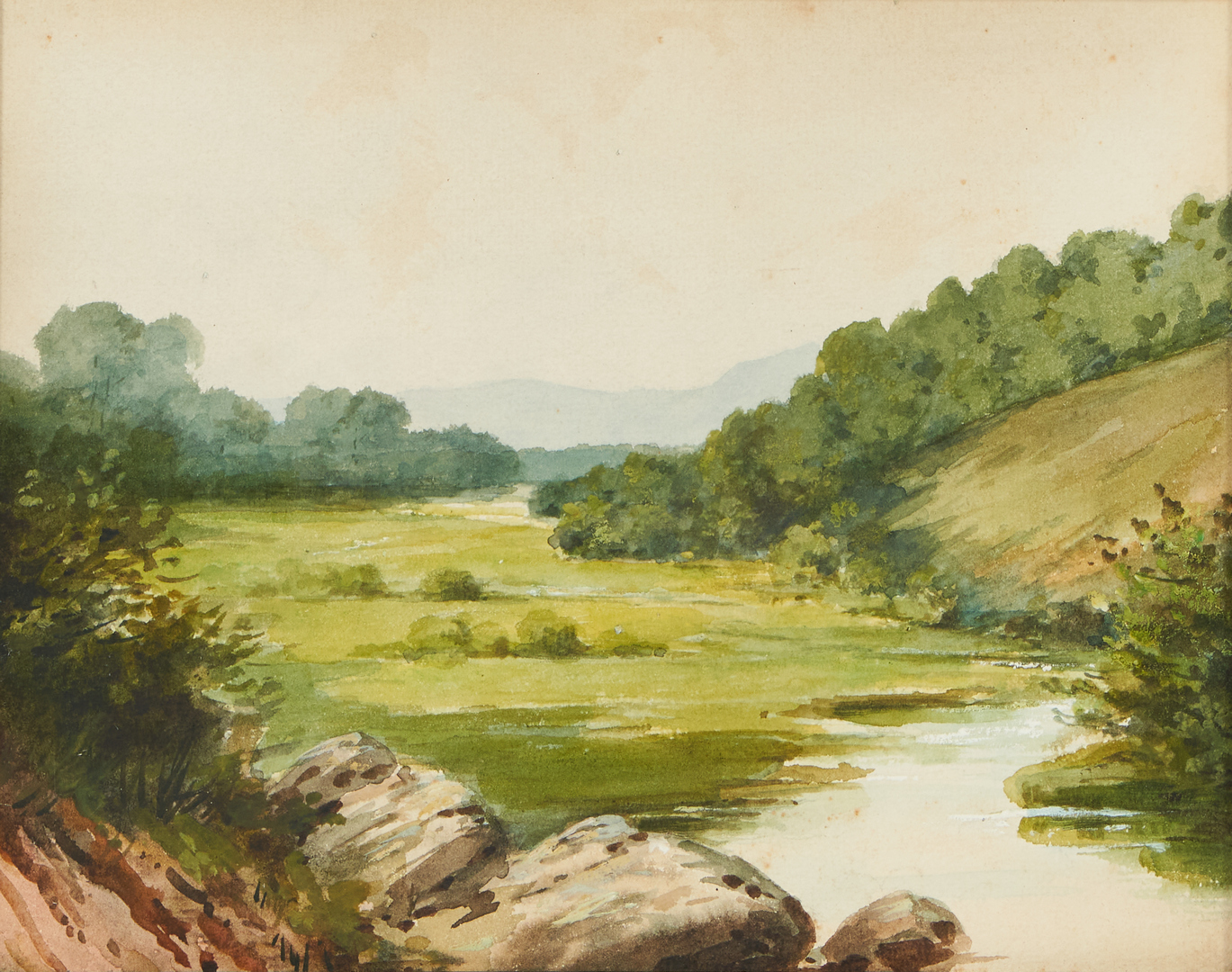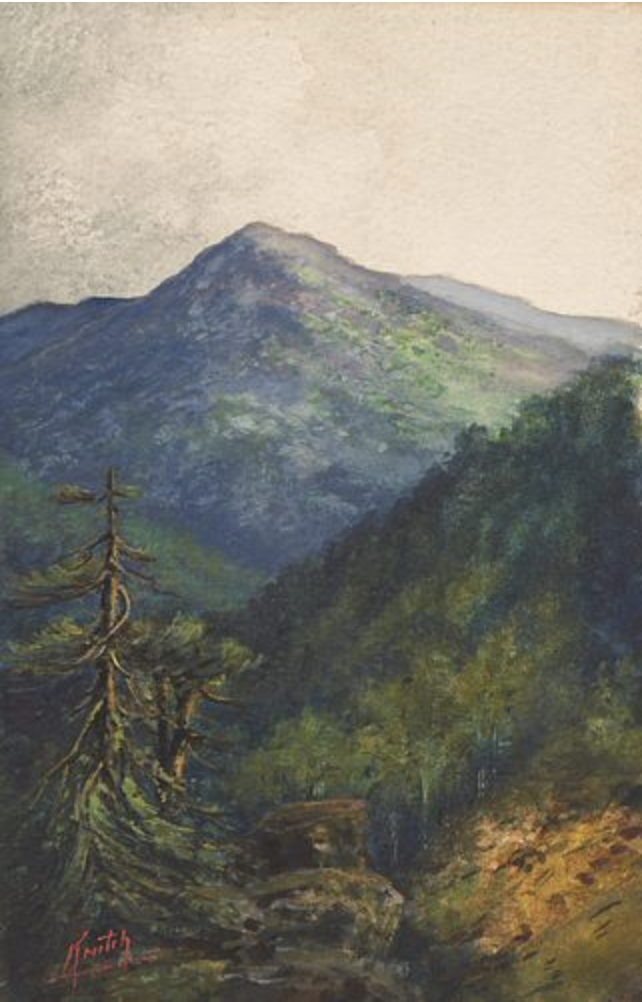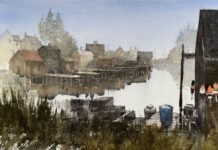
Already hundreds of millions of years old by the time the Rockies started to form in the West, the Appalachian Mountains encompass some of the oldest mountains on earth. Nestled within the ancient range, the Great Smoky Mountains National Park straddles the border between Tennessee and North Carolina and enjoys the title of the country’s most visited national park, sitting as it does within a day’s drive of over 60 percent of the U.S. population.
Fertilized by a rich humus in the soil that overlays the rocks, the mountains teem with plant and animal life. The Cherokee who first settled in the area, called it Shaconage (“place of blue smoke”) for the mist or blue haze that surrounds the mountains — the result of the interaction between the moist environment of streams and waterfalls and the thick vegetation.
As one of the most culturally advanced tribes on the continent, the Cherokee had established permanent towns, cultivated croplands, sophisticated political systems, and an extensive networks of trails by the time the first European settlers set foot in the Smokies in the late 1700s. Tragically, most of the indigenous peoples were forcibly moved not long after to Oklahoma on a route that’s come to be called the “Trail of Tears.” The few who remained are the ancestors of the Cherokees living near the park today.
By the 1900s, the land was owned mostly by farmers, timber companies, and paper factories, leading to large swaths of forest to be cut down. Concern for the future of the mountains fueled a conservation movement, and in 1926, President Calvin Coolidge signed a bill that provided for the establishment of the Great Smoky Mountains as a national park. But that was not the end of the story. Because while establishing most of the older Western parks, such as Yellowstone, was as easy as Congress carving them out of lands already owned by the government, getting park land in this area proved a different matter. Not only did the land needed to be acquired from the large timber and paper companies, but hundreds of small farmers as well.

Since the government was not allowed to buy land for national park use, the task fell to states, private groups, and individuals, including local school children who pledged their pennies for the cause. In the end, short-term or lifetime leases allowed some people to stay temporarily, particularly if they were too old or too sick to move, but the cause was won, ushering in a new era for the mountains. Formally dedicated by President Franklin Roosevelt in September, 1940, the extraordinary beauty of the Great Smoky Mountains National Park now draws an average of 12 million visitors a year.
East Tennessee’s Charles Krutch (1849-1934) earned the nickname “Corot of the South” for his soft, atmospheric watercolor and oil paintings of the Smoky Mountains that served as his sole focus. Completely self-taught, he often applied thick layers of paint with his fingers to capture the changing moods of the mountains.







